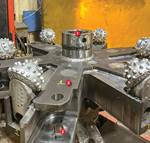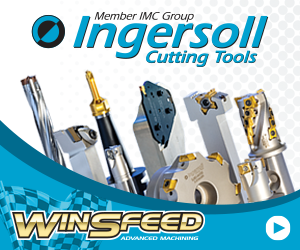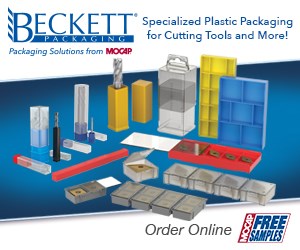Optimal Milling Strategy For Entering Material From The Side
These animations show why an arc in the same direction as tool rotation is effective. The strategy is relevant for entering material from the edge, as well as for pocketing.
This video from cutting tool supplier Sandvik Coromant suggests the ideal way for a milling cutter to enter material from the side. As the different animations show, if the tool “arcs” into the material along an arc that follows the same direction as the tool’s rotation, then the load on the cutting edge varies gradually. By contrast, if the arc is opposite the tool’s rotation, or if the path is straight, then the shock to the tool is more pronounced.
These animations portray the tool entering into the straight edge of a rectangular part. However, the same idea applies to a tool entering the material from within a hole—such as a milling tool for roughing a pocket that enters the material from within a pre-drilled hole.
Related Content
-
How to Tackle Tough Angled Pocket Milling With Two Tools
Milling a deep pocket with a tight corner radius comes with unique challenges, but using both a flat bottom drill and a necked-down finishing tool can help.
-
Widia Introduces Solid End Mill for Shoulder and Side Milling
The WCE solid end milling series features a five-flute geometry specifically designed for optimal performance when shoulder milling and side milling carbon, stainless steel and cast iron.
-
All-Around Mill Improves Productivity and Cost for Valve Job
Adopting a mill with a double-negative rake and pockets compatible with multiple insert geometries enabled Progressive Metal Service to increase feed and lower scrap rates for a valve.

.jpg;width=70;height=70;mode=crop)




.png;maxWidth=300;quality=90)






